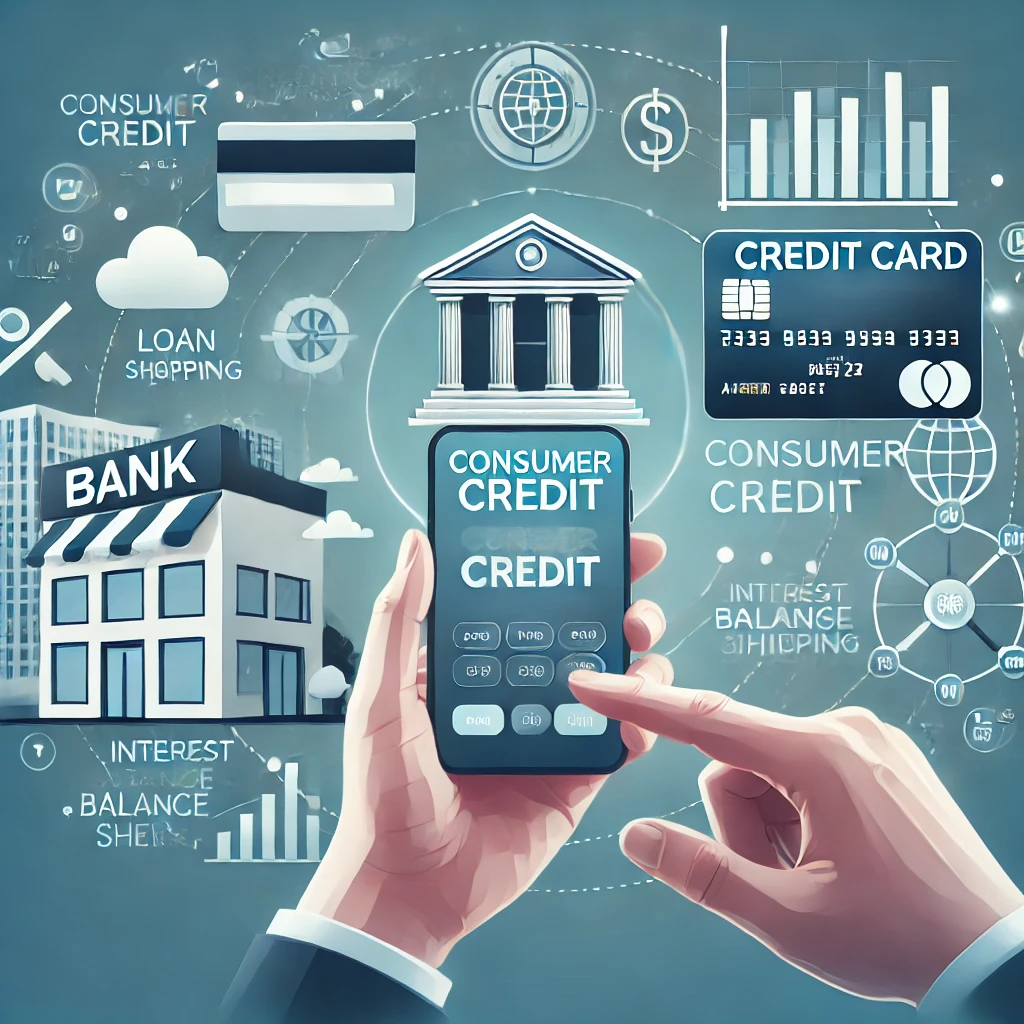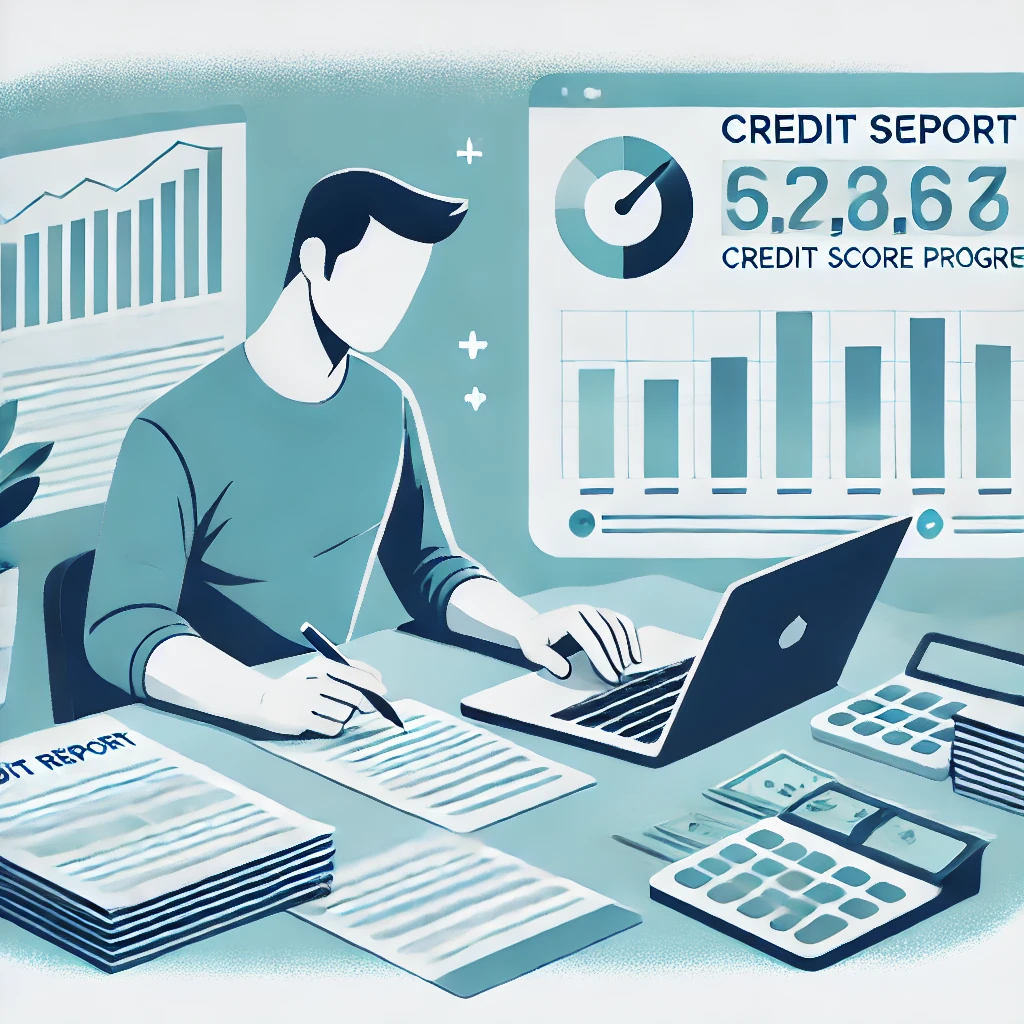Introduction
Consumer credit plays a vital role in personal finance, allowing individuals to borrow money for goods and services. Understanding its features helps borrowers manage credit effectively while maintaining financial stability.
1. Purpose of Consumer Credit
Consumer credit is primarily used for personal expenses, such as purchasing household items, vehicles, or covering medical and educational costs. Unlike business credit, it does not fund commercial activities.
2. Types of Consumer Credit
Consumer credit can be categorized into:
- Revolving Credit: Credit cards and lines of credit with flexible repayment terms.
- Installment Credit: Fixed-term loans such as auto loans, mortgages, and personal loans.
3. Interest Rates and Fees
Lenders charge interest on consumer credit based on factors like creditworthiness, loan type, and repayment terms. Additional fees may include processing fees, late payment penalties, and annual charges.
4. Repayment Flexibility
Consumer credit offers different repayment options:
- Monthly installment plans with fixed or variable interest rates.
- Minimum payment options for revolving credit accounts.
5. Creditworthiness and Credit Score Impact
Lenders assess an applicant’s credit history and score before approving consumer credit. Timely repayments improve credit scores, while defaults negatively affect borrowing capacity.
6. Collateral and Unsecured Loans
Consumer credit can be secured or unsecured:
- Secured Credit: Backed by collateral (e.g., car loans, mortgages).
- Unsecured Credit: No collateral required (e.g., credit cards, personal loans).
7. Consumer Protection Laws
Various regulations protect consumers from unfair lending practices. In Bangladesh, the Bangladesh Bank oversees credit policies to ensure fair treatment and transparency.
Conclusion
Understanding the features of consumer credit helps individuals make informed financial decisions. By managing credit wisely, consumers can maintain financial stability and build a strong credit profile.




